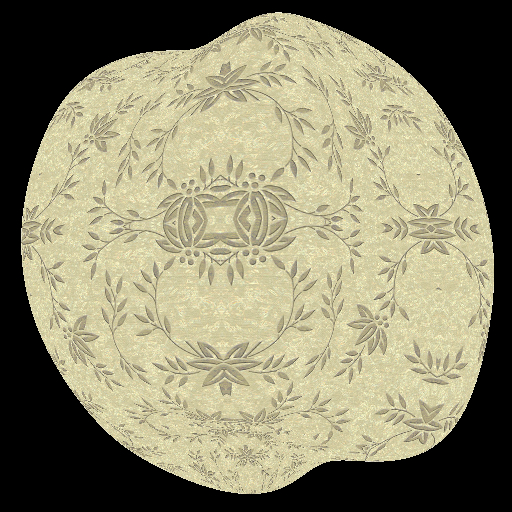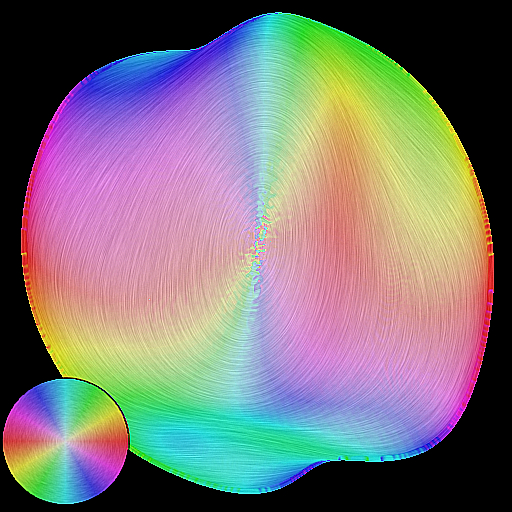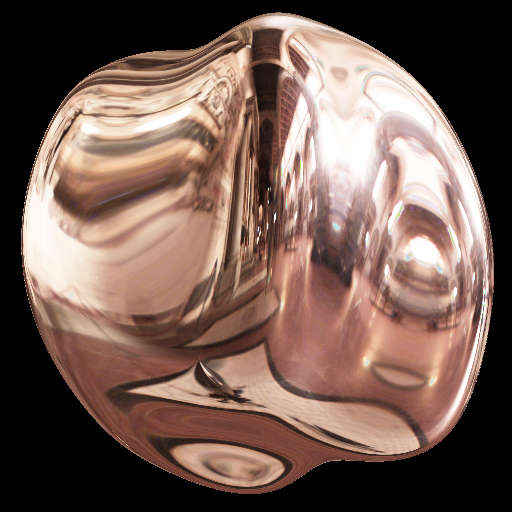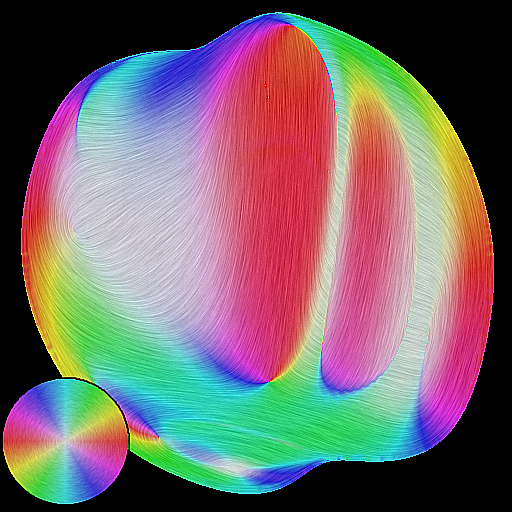Section: New Results
Axis 1:Analysis and Simulation
First Order Analysis of Shading
|
We introduced [21] a novel method for producing convincing pictures of shaded objects based entirely on 2D image operations. This approach, which we call image-based shading design, offers direct artistic control in the picture plane by deforming image primitives so that they appear to conform to specific 3D shapes. Using a differential analysis of reflected radiance, we have identified the two types of surface flows involved in the depiction of shaded objects, which are consistent with recent perceptual studies. We have also introduced two novel deformation operators that closely mimic surface flows while providing direct artistic controls in real-time.
Rational BRDF
Over the last two decades, much effort has been devoted to accurately measuring Bidirectional Reflectance Distribution Functions (BRDFs) of real-world materials and to use efficiently the resulting data for rendering. Because of their large size, it is difficult to use directly measured BRDFs for real-time applications, and fitting the most sophisticated analytical BRDF models is still a complex task. In this paper, we introduce Rational BRDF [19] , a general-purpose and efficient representation for arbitrary BRDFs, based on Rational Functions (RFs). Using an adapted parametrization, we demonstrate how Rational BRDFs offer 1) a more compact and efficient representation using low-degree RFs, 2) an accurate fitting of measured materials with guaranteed control of the residual error, and 3) efficient importance sampling by applying the same fitting process to determine the inverse of the Cumulative Distribution Function (CDF) generated from the BRDF for use in Monte-Carlo rendering.






